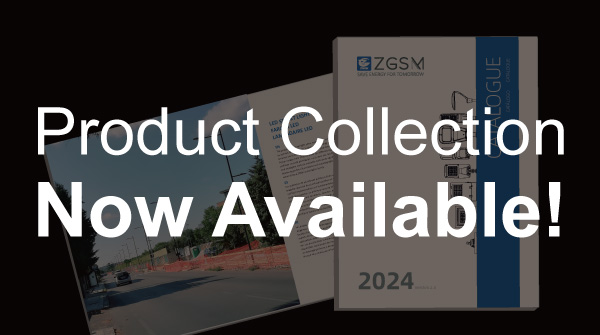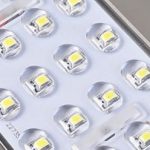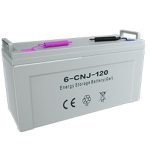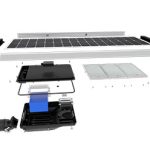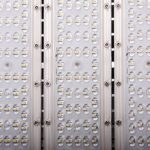How to choose solar street light controller?

PWM or MPPT? Distinguish the advantages and disadvantages, choosing a solar street light controller is no longer difficult.
When there is light, solar street lights convert solar energy into electrical energy through solar panels and store it in the battery. When needed, they convert the electrical energy from the battery into light energy, bringing light to the night, and can turn all of this into light. Implementation requires an inconspicuous but important configuration, which is the photovoltaic controller.
Only with it can the electric energy emitted by the solar panel be converted and stored in the battery. In addition, it also plays a role in protecting the battery and preventing the battery from overcharging. Currently, there are two popular ones on the market. , PWM and MPPT controllers, these two have their own advantages and disadvantages, and the scenarios they adapt to are also different. Let’s take a look at them in detail below.
Type of solar street light controller
ZGSM provides advanced lighting control systems that integrate a PWM/MPPT solar charge control algorithm with LED constant current drivers. This innovative combination unlocks the potential for executing various light control modes, offering versatility and efficiency in managing illumination.
PWM Controller (pulse width debugging mode)
Early controllers are generally like this. The electrical structure is relatively simple, consisting of a main power switch, a capacitor, a driver and a protection circuit. It is actually equivalent to a switch that connects the components and the battery. The voltage of the component will be pulled down close to the voltage of the battery pack.
This controller adopts a three-stage charging method of strong charging, balanced charging, and floating charging.
Forced Charging
Also called direct charging, it means rapid charging. When the battery voltage is low, a large current and relatively high voltage are used to charge the battery.
Balanced Charge
After the forced charge is completed, the battery will sit for a period of time. When the voltage naturally drops to a certain value, it will enter a balanced charge state to make the battery terminal voltage uniform.
Float Charge
After the equalization charge is completed, the battery is also allowed to stand for a period of time. When the voltage naturally drops to the “maintenance voltage” point, it is the float charge stage, allowing the battery to remain in a fully charged state without overcharging.
The controller of this charging method can solve the problem of insufficient battery charging and ensure the service life of the battery.
However, it should be noted that the charging efficiency of the PWM controller will be affected by temperature. When the solar cell temperature is around 45~75°C, the charging efficiency is the best.
MPPT Controller (maximum power point tracking method)
This kind of controller is more complex and more expensive. It is usually several times or even dozens of times more expensive than a PWM controller. It can adjust the input voltage to obtain maximum energy from the solar panel.
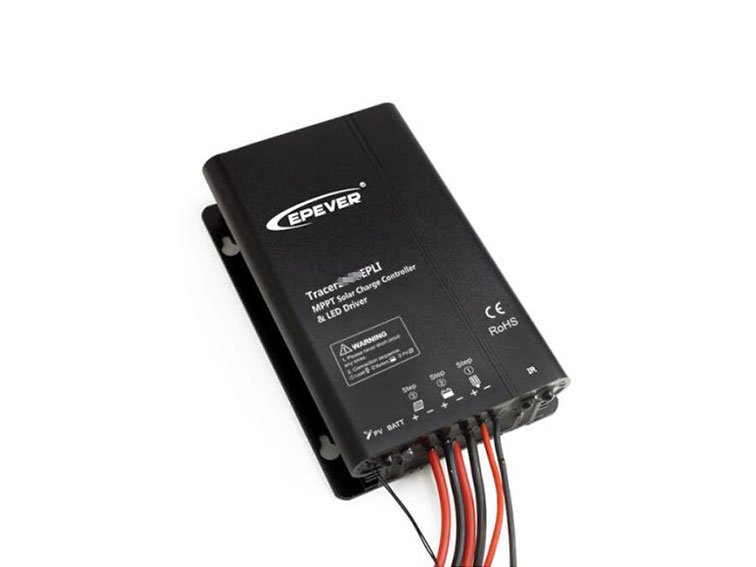
Then it is transformed into the charging voltage required by the battery, cutting off the direct connection between the solar panel and the battery, allowing the high-voltage solar panel to charge the low-voltage battery. It is divided into MPPT current limiting charging and constant voltage equalizing charging. and constant voltage float charging three-stage mode.
MPPT Current Limited Charging
When the battery terminal voltage is very small, the MPPT charging method is used to pump the output power of the solar panel to the battery terminal. When the light intensity is strong, the output power of the solar panel increases and the charging current reaches the threshold, then the MPPT charging is terminated and transferred to constant mode. flow charging; when the light intensity becomes weak, it will switch to MPPT charging mode.
Constant Voltage Charging
The battery freely switches between the MPPT charging mode and the constant current charging mode. When the battery voltage reaches the saturation voltage, it enters the constant voltage equalizing charging stage. As the battery charging current gradually decreases, this charging stage ends when it reaches 0.01C. , entering the float charge stage.
Constant Voltage Float Charging
Float charge the battery at a voltage slightly lower than constant voltage charging. This stage is mainly used to supplement the energy consumed by the battery’s self-discharge.
Compared with PWM controller, MPPT controller has maximum power tracking function. Before the battery reaches saturation state, during charging, it can ensure that the solar panel always outputs at maximum power without being affected by temperature. From the perspective of charging efficiency, Said, naturally it is higher than PWM.
In addition, the PWM controller can only be used with relevant voltages. For example, the 12V system battery board can only be used with 12V controllers and batteries. It is suitable for some small off-grid systems below 2kw. It has a simple structure, convenient user wiring, and is relatively cheap.
The MPPT controller has a larger space to use. Generally, the solar panel voltage can be used between 12V~170V, and the battery voltage is adjustable from 12~96V. It has stronger applicability and is suitable for large off-grid systems above 2kw. , high efficiency and flexible component configuration.
Author

ZGSM Solar
We are a professional solar street light manufacturer with a 20-year history.
